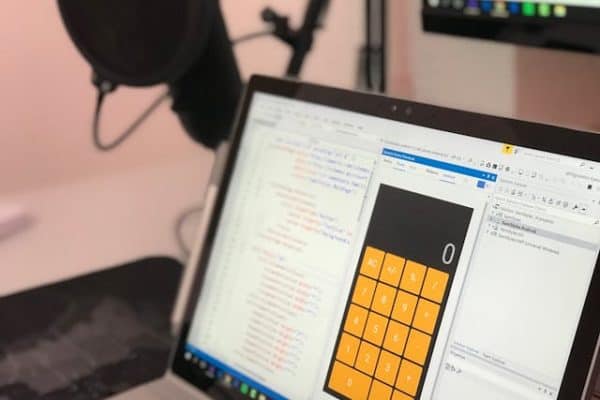Prototyping in software is vital because it allows for upfront testing and validation of features involving stakeholders and potential users, ensuring alignment with user desires and project goals before investing vital funds in development.
A SaaS development company is essential in converting a prototype into a fully functional, scalable, and secure system. They provide constant support and improvements to keep the product up-to-date and viable in the market.

The article goes over the many stages of the software development lifecycle and its best practices.
Typical Stages of the Software Development Life Cycle
Navigating the software development life cycle is important when transforming from a prototype to a fully-fledged product. The development process consists of many phases, each with its own set of activities and deliverables. Here is an overview of the typical stages involved:
Documentation
This stage involves documenting the requirements and defining functional and non-functional needs for products. This includes defining features, assessing needs, and determining project objectives.
Design
Designers create a detailed design for the product after identifying the requirements, taking into account the database design, user interface layout, architectural planning, and any other relevant requirements.
Implementation
It includes coding and design specifications. Specialists write code, conduct unit testing, and merge various system components.
Testing
The testing process is critical to ensuring that the product fulfills market standards and project goals. It consists of numerous testing stages, including system testing, unit testing, and so on. Throughout the testing phase, we find, fix, and report errors.
Deployment
The product moves to the production setting once it passes the testing process and is ready for launch. The deployment process includes building up the necessary infrastructure, configuring the system, and ensuring that there’s no disruption from the development environment.
Maintenance
After deployment, the product undergoes the maintenance stage. The process includes bug repairs, functionality modifications, and user-generated updates. The developers carry out constant product monitoring and maintenance actions to ensure the product’s stability and functionality.
Best Practices for the Software Development Lifecycle
The following are some best practices to keep in mind as you navigate the software development lifecycle:.
Clear requirements
Ensure that all stakeholders specify and approve the product requirements. It helps to avoid misconceptions and scope creep during the entire process.
Interactive practice
Take an interactive or agile approach to development. It provides flexibility, continual feedback, and the ability to adapt to ever-shifting requirements.
Collaboration and teamwork
Encourage a collaborative atmosphere in which teams can work efficiently. Set up cross-functional collaboration, sharing of expertise, and feedback meetings.
Smooth communication
Create an open and effective communication platform for team members, customers, and partners. Meetings, status updates, and documentation assist all members working toward the same goal.
Version control system
Use a version control system to maintain code versions and monitor changes, which allows for greater teamwork, problem identification, and backup capabilities.
Automation testing
Use testing automation to ensure that the application is functional and high-quality. It includes integration, unit testing, and so on.
Code review
Perform regular coding reviews to identify and resolve issues early on. Code reviews improve code quality, identify potential flaws, and encourage the sharing of knowledge among team members.
Update documentation
Maintain up-to-date and thorough documentation, including user manuals and other related materials.
Security
Integrate security practices throughout the development lifecycle, including secure code, scanning, and frequent security checks.
Continuous enhancement
Regularly tests and analyzes the development lifecycle, identifying areas for improvement and implementing changes to increase effectiveness and quality.
Conclusion
A successful transition from prototype to product requires effective project management and team collaboration.
It is important to note that the software development lifecycle can be interactive, depending on the project’s requirements and development strategy. Also, you can tailor the best practices to the specific requirements of the project and the company.
Additionally, it is crucial to follow best practices throughout the development process to produce the best product that is in line with user behavior and project objectives.
 Gearfuse Technology, Science, Culture & More
Gearfuse Technology, Science, Culture & More

